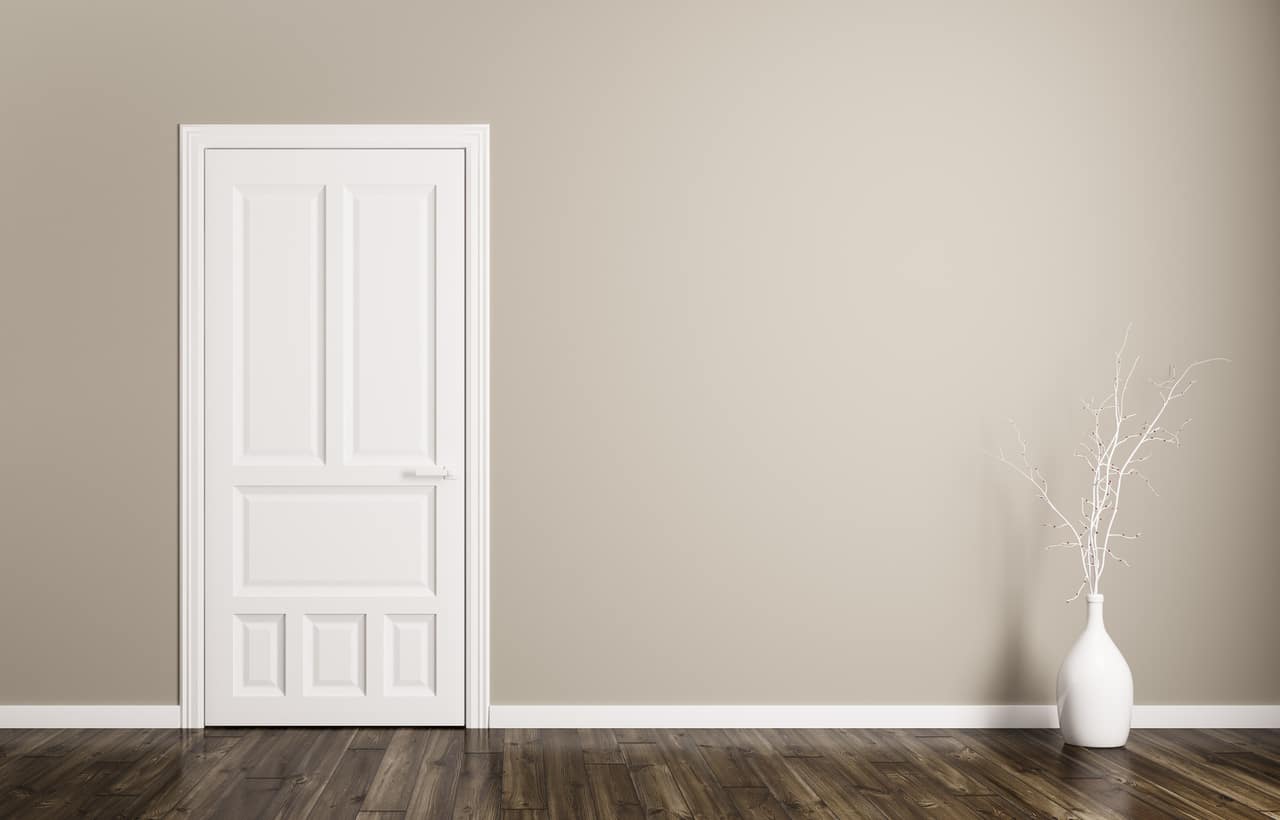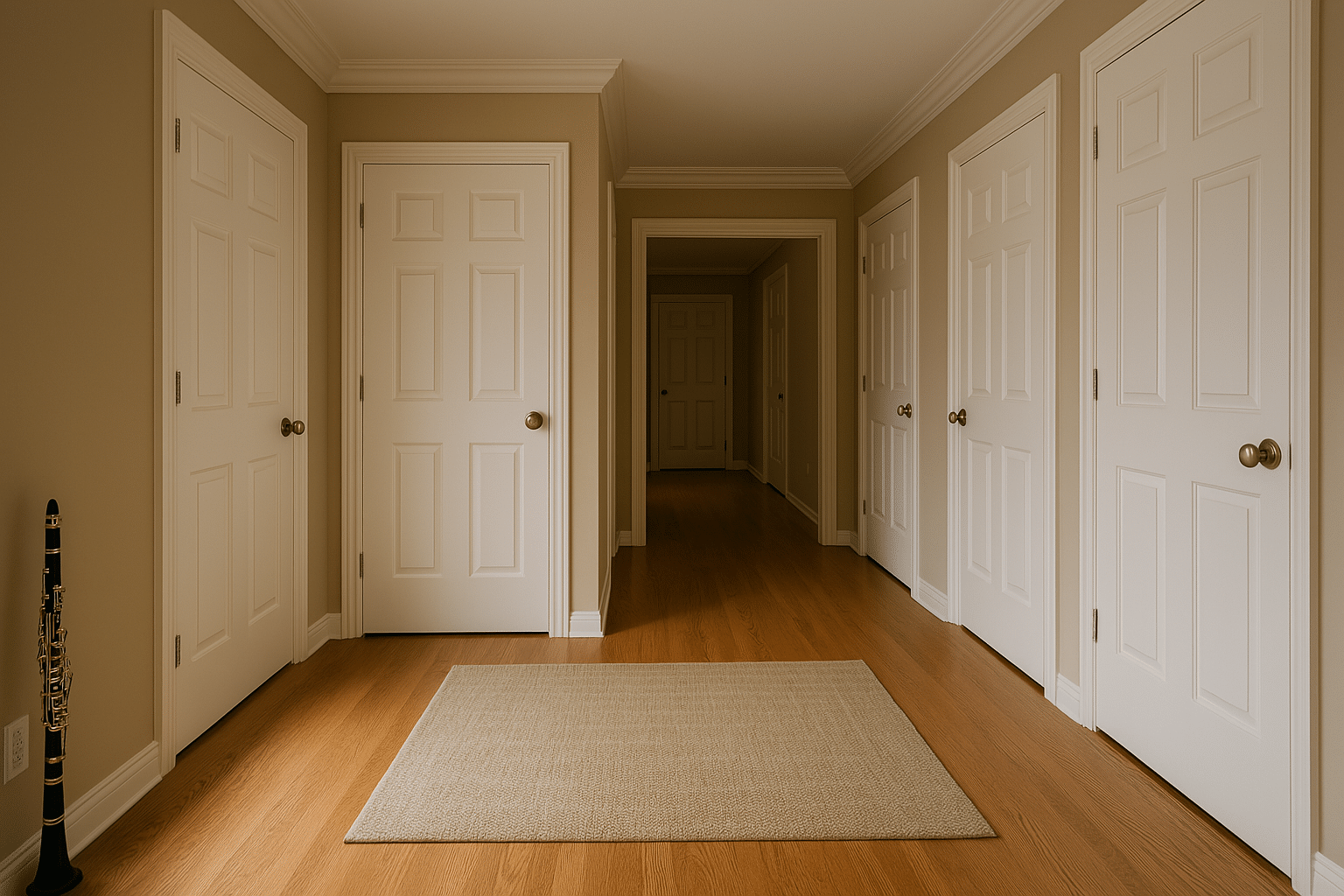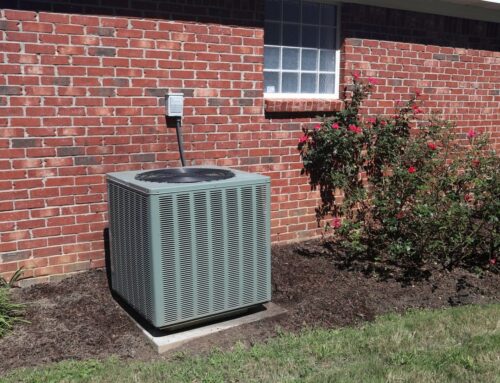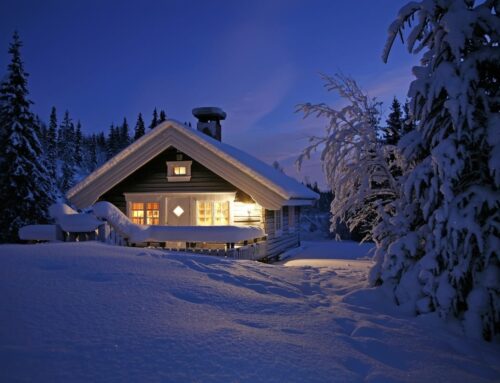
When trying to reduce heating and cooling costs—especially in regions like the Northeast, where winters are long and summers can be humid—homeowners often look for simple strategies to save energy. One common tip heard time and again is: “Close the doors to rooms you’re not using.” It seems logical—why condition air in an unused room? However, the science of airflow, pressure balance, and HVAC system design tells a different story.
The Misconception: Closed Doors Save Money
On the surface, the theory makes sense: closing doors isolates unused spaces, which theoretically reduces the area your HVAC system has to manage. If you’re heating or cooling a 2,000-square-foot home and close off two bedrooms, you might assume you’re now only managing 1,500–1,700 square feet.
Unfortunately, this approach usually has the opposite effect.
The Reality: Closed Doors Obstruct Airflow
According to studies published by the Department of Energy and Home Energy Magazine, closing interior doors disrupts the balanced pressure your HVAC system is designed to maintain. When airflow to a room is blocked but supply vents continue pushing air into that space, the room becomes pressurized. The trapped air has to escape—so it leaks out through cracks, gaps, or into attics and basements.
Meanwhile, an equal amount of air is pulled back into the system to maintain equilibrium, often through undesirable sources like fireplaces, chimneys, or furnace flues. This process is called air infiltration and it:
- Draws in unconditioned outdoor air
- Introduces humidity, dust, pollen, and even carbon monoxide
- Forces your HVAC to work harder to maintain temperature
In fact, pressure imbalances can increase infiltration rates by 300% to 900%, drastically reducing energy efficiency and raising utility costs.

Common Myths Debunked
| Myth | Reality |
|---|---|
| Closing doors keeps heat in the room | It traps air and causes pressure imbalance |
| Fewer open rooms mean less space to heat | HVAC still works to condition pressurized areas |
| You can block off vents in unused rooms | Blocking vents increases system pressure and may damage your HVAC unit |
Best Practices for Reducing Heating and Cooling Costs
If you want to reduce energy usage without compromising indoor air quality or equipment lifespan, here are effective alternatives to shutting doors:
1. Install Return Air Vents or Transfer Grilles
These provide a path for air to flow back to the HVAC system, preventing pressurization. Options include:
- Transfer grilles above doors
- Jump ducts in the ceiling
- Door undercuts (14 inches wide x 1 inch high minimum)
2. Use Smart Thermostats & Zoning Systems
Smart thermostats help your system run only when and where it’s needed. Zoned systems allow for temperature control room-by-room without closing doors.
3. Seal Air Leaks & Add Insulation
One of the most cost-effective ways to lower heating and cooling bills is by sealing gaps around doors, windows, attics, and ductwork. Pair it with adequate insulation for year-round energy savings.
4. Maintain Your HVAC System
Dirty filters, poorly sealed ducts, and outdated systems all contribute to inefficiency. Annual maintenance ensures proper airflow and optimal performance.
5. Consider Ductless Mini-Splits
Systems like Mitsubishi Electric heat pumps offer zoned heating and cooling without traditional ductwork. They’re ideal for additions, renovations, and rooms with inconsistent temperatures.
Real Stats on Energy Efficiency and Airflow
- According to the U.S. Department of Energy, air leakage and improper airflow can account for up to 30% of energy loss in a typical home.
- Homes with poorly balanced duct systems may experience a 15–25% increase in HVAC runtime, adding unnecessary cost.
- Closing bedroom doors during HVAC operation can lead to up to 900% more unfiltered air infiltration, reducing indoor air quality.
FAQs: Closed Doors and HVAC Efficiency
Q: Does closing doors help in homes with baseboard heat or radiators?
A: In non-forced air systems like baseboard or radiator heat, closing doors can help retain heat in a room. However, this does not apply to central HVAC systems.
Q: Can I just crack the door instead of keeping it wide open?
A: Cracking the door may help slightly, but it’s not a reliable solution for air balancing. Installing a transfer grille or undercutting the door is more effective.
Q: What if I have pets and want to keep some doors shut?
A: Consider installing return grilles or undercutting doors to maintain airflow while still limiting access.
Q: Is it safe to install transfer grilles myself?
A: While it’s possible, improper installation can reduce performance. It’s best to consult with a qualified HVAC professional.
Q: Will shutting doors void my HVAC system warranty?
A: While it won’t automatically void a warranty, it may contribute to system issues that aren’t covered. Always follow manufacturer guidelines.
Final Takeaway: Keep Doors Open, Air Flowing
When it comes to forced air HVAC systems, closed doors do more harm than good. Instead of cutting off airflow, work with your system to ensure air can move freely and return where it came from. If privacy or soundproofing is a concern, solutions like undercutting doors or using transfer grilles can balance comfort with function.
If you’re unsure about your home’s airflow design or suspect inefficiency, contact a trusted HVAC contractor. Proper air balance not only saves money, it also ensures healthier air quality and longer equipment life.
Want to save on heating and cooling bills the smart way? Schedule an HVAC inspection or airflow analysis today with a certified technician in your area.
Save More, Stay Informed!
Sign up for our newsletter and be the first to receive:
✅ Exclusive Sales & Rebates on Mitsubishi Heat Pumps.
✅ Industry News and Expert HVAC Tips.
✅ Updates That Help You Save Energy and Money.





